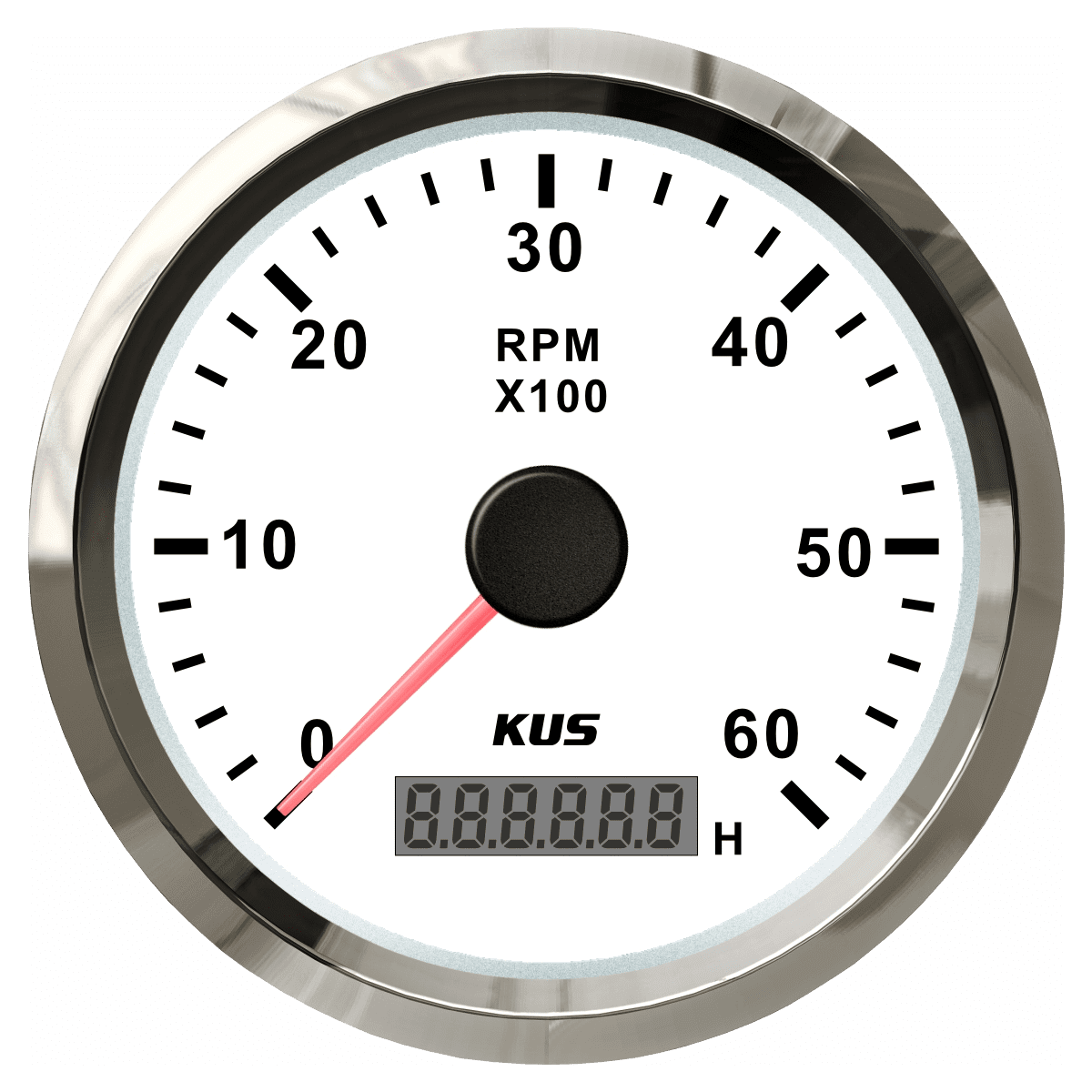How a Tachometer Helps Display Engine Wellness and Efficiency
How a Tachometer Helps Display Engine Wellness and Efficiency
Blog Article
Unlocking the Keys of Tachometers: Every Little Thing You Required to Learn About This Important Tool in Your Car
Recognizing the complexities of tachometers can provide useful understandings right into your car's performance and upkeep requirements. From measuring engine rate to analyzing the information it provides, tachometers work as a critical tool for vehicle proprietors and lovers alike. By unwinding the secrets behind this essential instrument, you can open a riches of info that can improve your driving experience and make certain the durability of your automobile.
Significance of Tachometers
The relevance of tachometers hinges on their capacity to supply vital real-time data regarding an engine's rotational rate, permitting exact monitoring and maintenance of machinery. By gauging the transformations per minute (RPM) of an engine's crankshaft, tachometers use beneficial understandings right into the engine's performance - tachometer. This data is necessary for making certain that the engine runs within its ideal variety, preventing potential damages from over-revving or underperforming
Tachometers play a vital function in aiding drivers and professionals find any type of anomalies in the engine's rate, which can indicate problems such as fuel inefficiency, mechanical issues, or extreme stress on the engine. By without delay determining these problems through tachometer analyses, upkeep can be executed proactively, preventing pricey repairs and downtime in the lengthy run.
In addition, tachometers are specifically critical in high-performance cars and equipment, where specific control over engine speed is required for ideal operation. Racing autos, airplane, and industrial equipment depend on tachometers to supply peak efficiency while maintaining security standards. Essentially, tachometers are not simply instruments for determining rate however indispensable devices for ensuring the smooth and reliable operation of engines across different applications.
How Tachometers Step Engine Rate
Using sensors that spot the frequency of electrical pulses created by the engine's ignition system, tachometers properly determine the rotational speed of an engine. By keeping track of the price at which these pulses are obtained, tachometers give real-time responses on exactly how fast the engine's crankshaft is revolving per min, typically described as changes per min (RPM)
The tachometer's sensor, usually connected to the engine's ignition coil or ignition system wires, gets the electrical signals generated each time a cylinder fires. These signals are after that converted right into RPM analyses showed on the gauge or instrument cluster within the motorist's sight. Tachometers can be analog or electronic, with contemporary lorries typically featuring electronic display screens for precise and immediate RPM analyses.
This information is vital for drivers to recognize the engine's performance, stop over-revving, optimize equipment shifting, and guarantee reliable fuel usage. By properly measuring engine speed, tachometers play an essential role in assisting vehicle drivers operate their lorries safely and effectively.
Analyzing Tachometer Analyses
Having a clear understanding of exactly how tachometers gauge engine speed sets the foundation for successfully analyzing the RPM readings displayed. Translating tachometer analyses is critical for optimal car efficiency and engine wellness. RPM (Changes Per Min) readings on the tachometer indicate the speed at which the engine's crankshaft is rotating. When the engine is idling, the tachometer needle usually relaxes around 600-1000 RPM, relying on the vehicle. As you accelerate, the RPM will increase, reflecting the engine's higher rotational speed. When shifting gears in a hands-on transmission car, the RPM will drop as you engage the clutch and modification gears, investigate this site after that increase once more as you speed up in the brand-new equipment. Monitoring the tachometer can help you determine the most efficient changing factors to take full advantage of gas economic climate and engine power. Furthermore, unusual changes or regularly high RPM readings could indicate potential concerns with the engine that might call he has a good point for expert focus. By paying interest to the tachometer analyses and recognizing exactly how to analyze them, you can ensure your vehicle operates smoothly and efficiently.


Tips for Making Use Of Tachometers Efficiently
To improve driving performance and enhance engine efficiency, what secret strategies can be carried out for effectively making use of tachometers? Tachometers are essential devices that offer real-time responses on engine speed, making it possible for drivers to make enlightened decisions for much better efficiency - tachometer. Here are some pointers for using tachometers successfully:
Recognizing Optimum RPM Range: Familiarize on your own with the optimum RPM (Changes Per Minute) range for your automobile. Maintaining the engine within this array can improve fuel efficiency and extend the engine's life expectancy.
Changing Equipments at the Right Time: Utilize the tachometer to establish the best time to move equipments. Upshifting prematurely or as well late can lead to lowered efficiency and performance. Objective find out this here to move equipments when the RPM gets to the optimum array for the following equipment.
Keeping An Eye On Engine Stress And Anxiety: High RPMs for prolonged periods can strain the engine. Maintain an eye on the tachometer to avoid over-revving, especially throughout acceleration or when bring hefty tons.
Tachometers and Automobile Maintenance
When considering automobile upkeep, tachometers play a critical role in keeping track of engine performance and finding possible issues. Tachometers give important information on engine rate, allowing vehicle drivers and mechanics to ensure that the engine is running within the advised RPM array.
In enhancement to identifying prospective problems, tachometers can likewise aid in maximizing gas effectiveness. By maintaining the engine speed within the optimum range, motorists can boost their gas mileage and decrease fuel intake. This not just benefits the chauffeur's wallet but also adds to environmental preservation by decreasing unsafe discharges.
Final Thought

Report this page